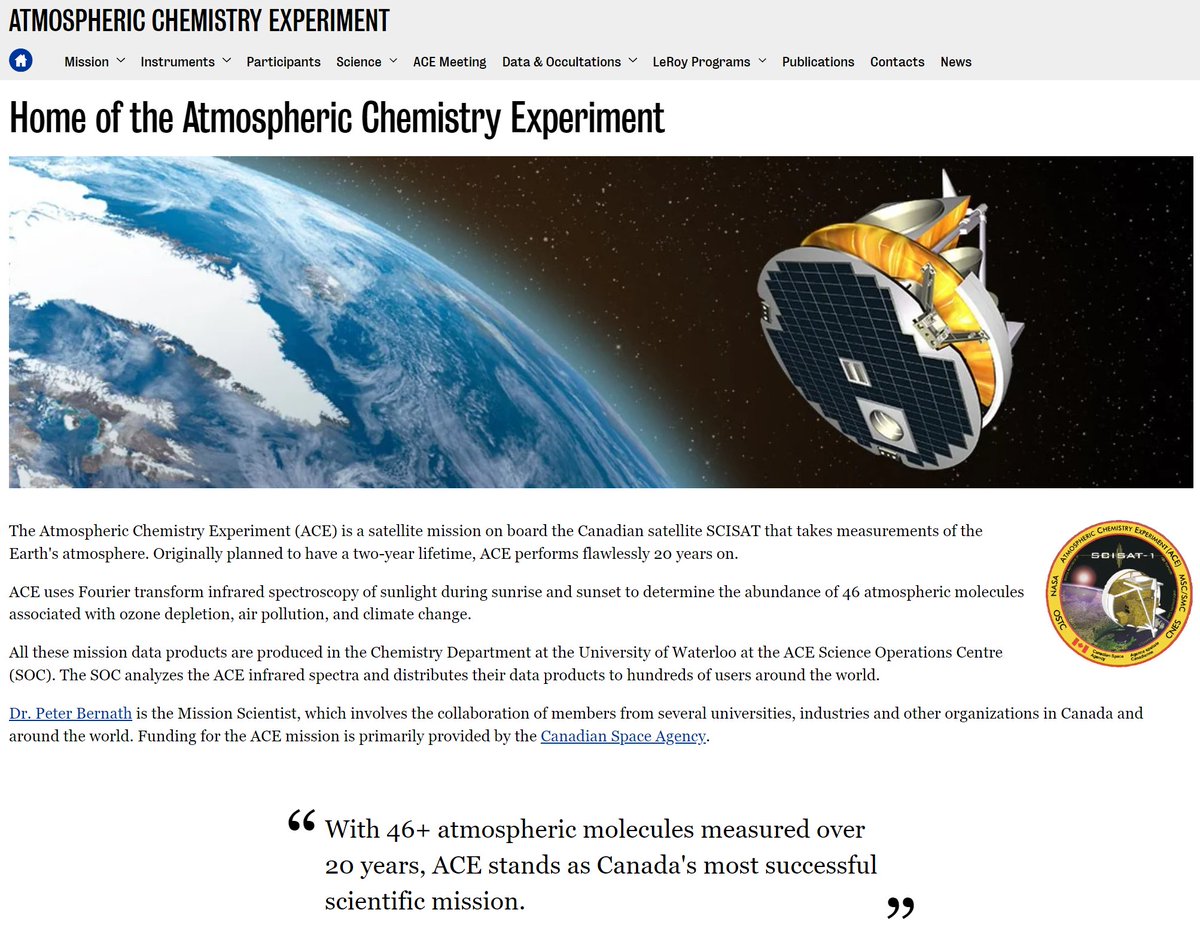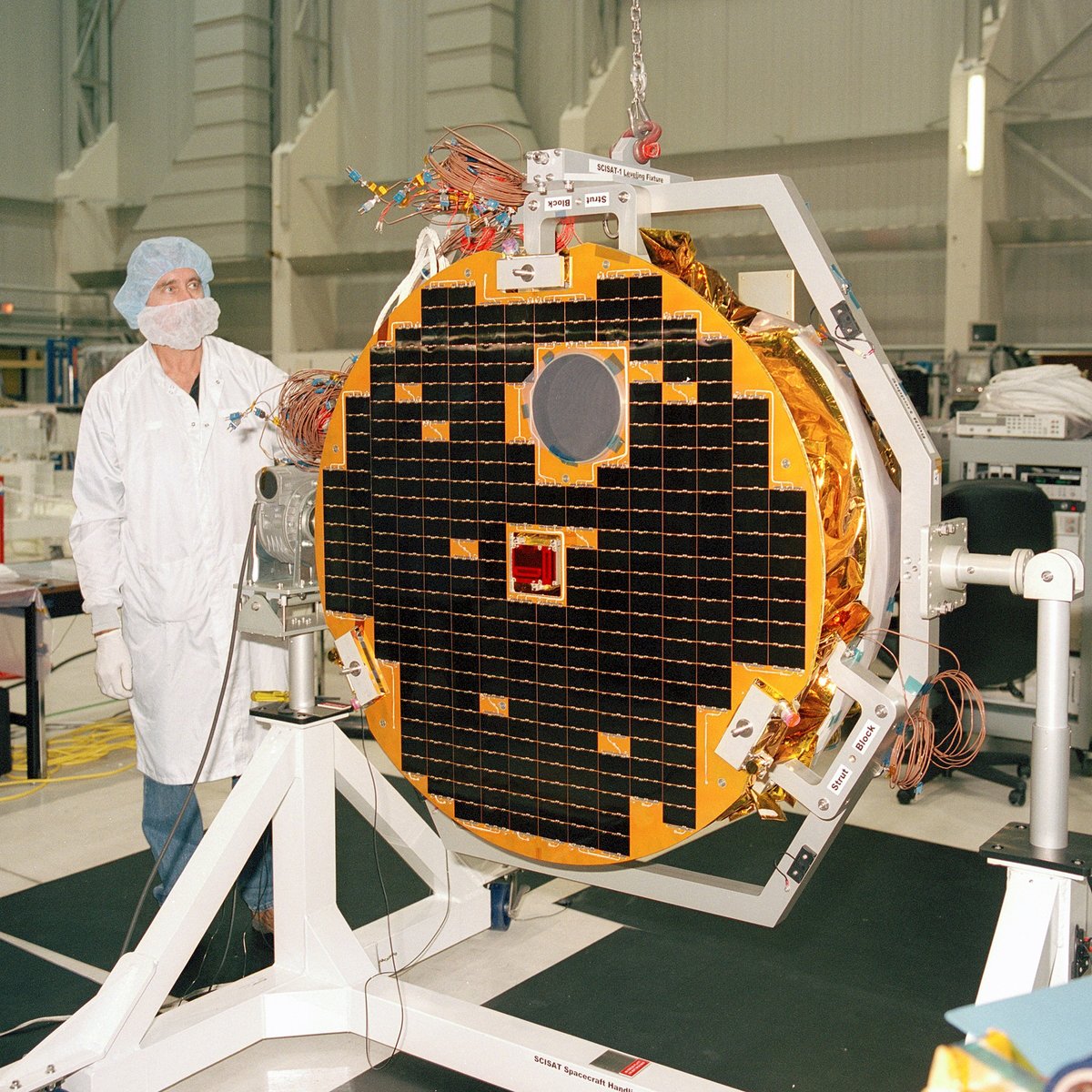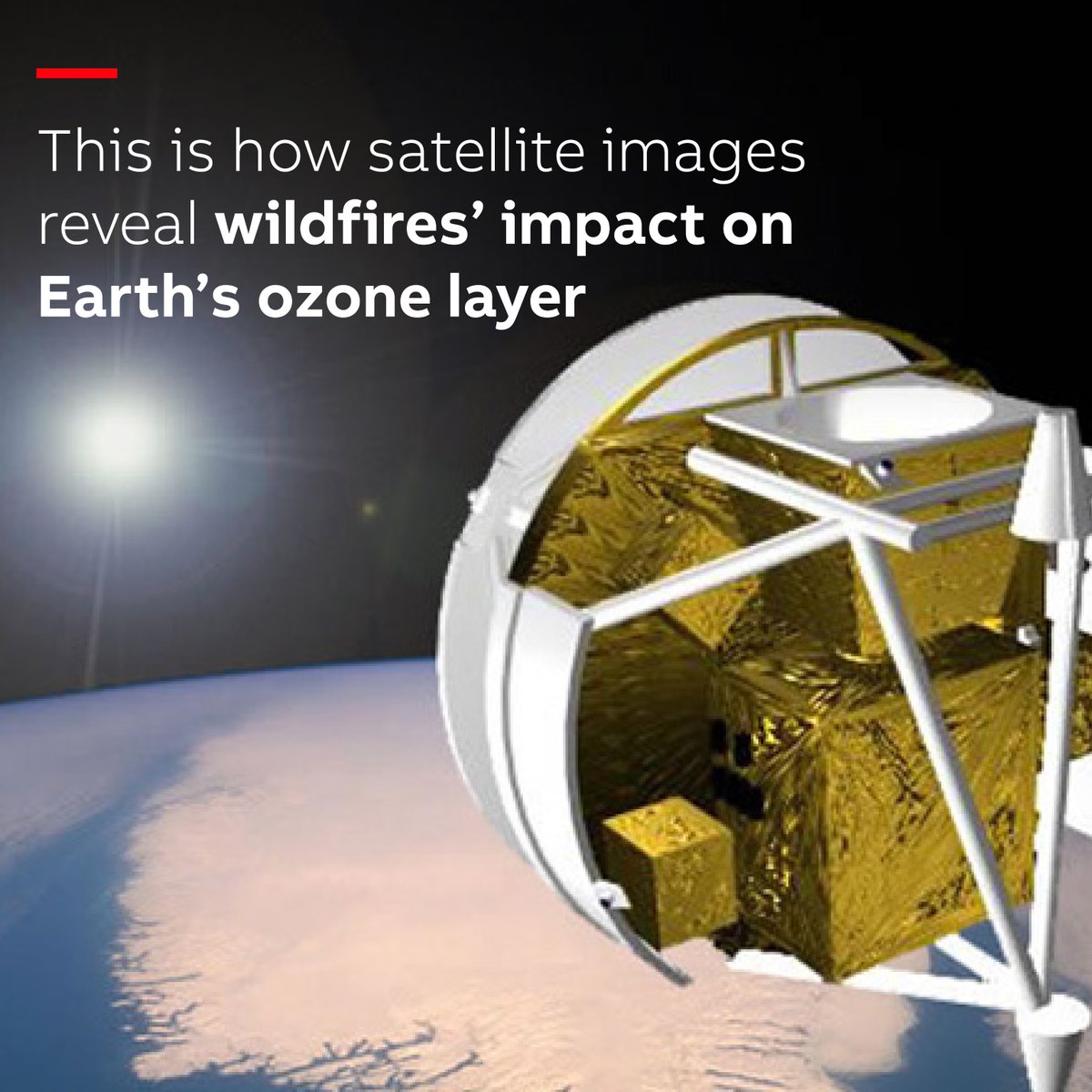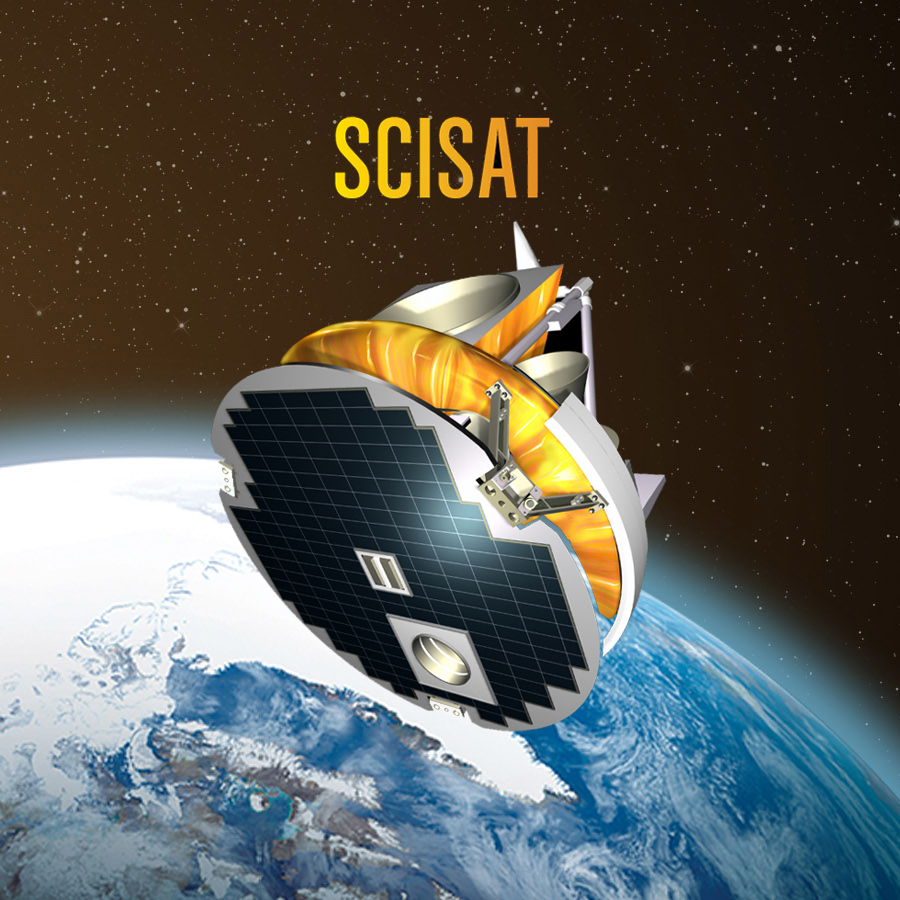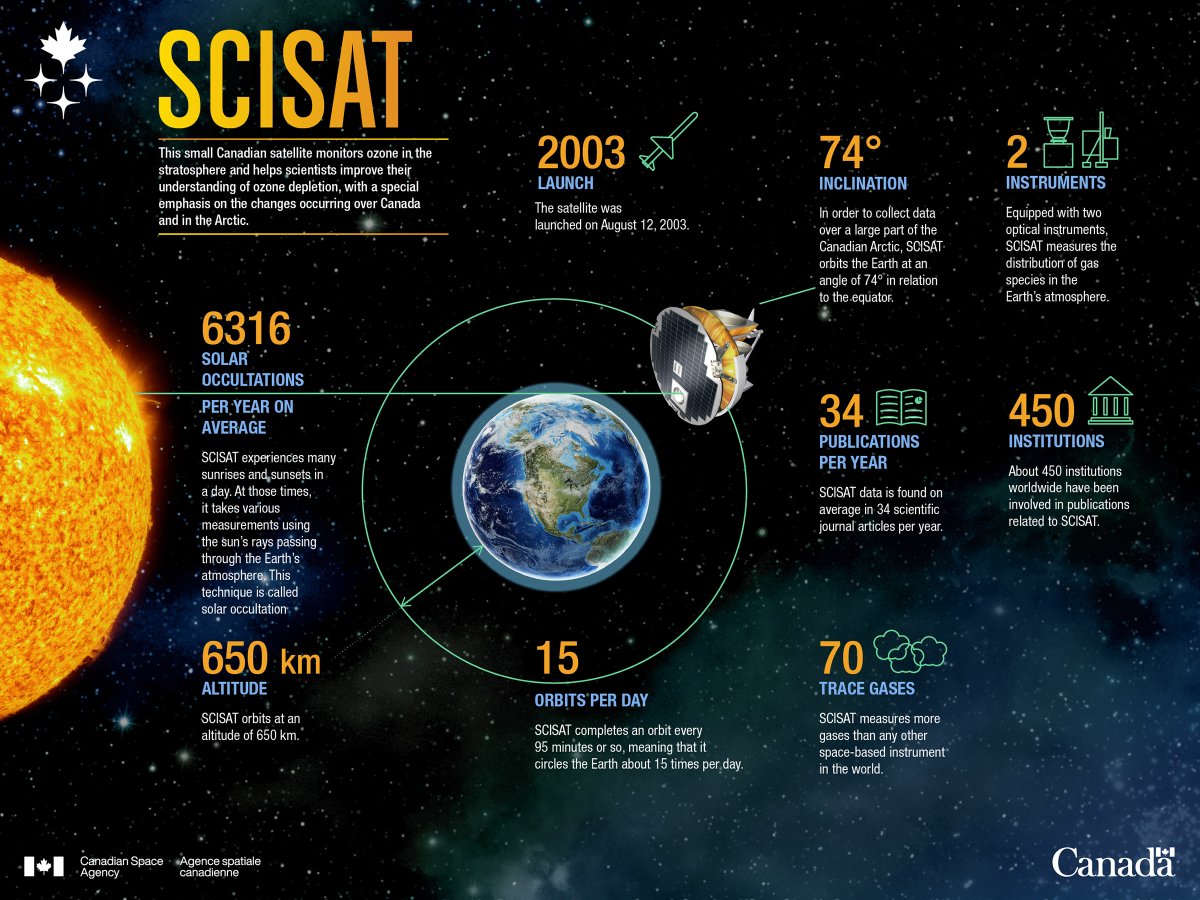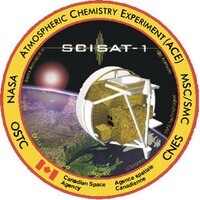
SCISAT
@scisat
The Atmospheric Chemistry Experiment (ACE), also known as SCISAT, is a Canadian-led mission mainly supported by the Canadian Space Agency (CSA).
ID: 54318987
http://www.ace.uwaterloo.ca 06-07-2009 20:16:49
57 Tweet
33 Followers
27 Following






ACE has been accepted as a member of the University of Waterloo's the Water Institute, ranked among the top water research institutions in the world! Looking forward to working with them and contributing to their research by measuring the effects of water on climate change!


Thanks ABBMeasurement!

Throwback Thursday to when Dr. Peter Bernath (UWaterloo Alumni ) and Chris Boone discovered how pyroCB clouds combat air pollution! The ACE mission continues to provide new discoveries!



🛰️ Canadian Space Agency's SCISAT-1, part of European Space Agency's TPM, is key to monitoring and analysing the chemical processes that control ozone distribution in the upper troposphere and stratosphere. It provides data from the MAESTRO and ACE-FTS instruments. The FTS measures the vertical distribution
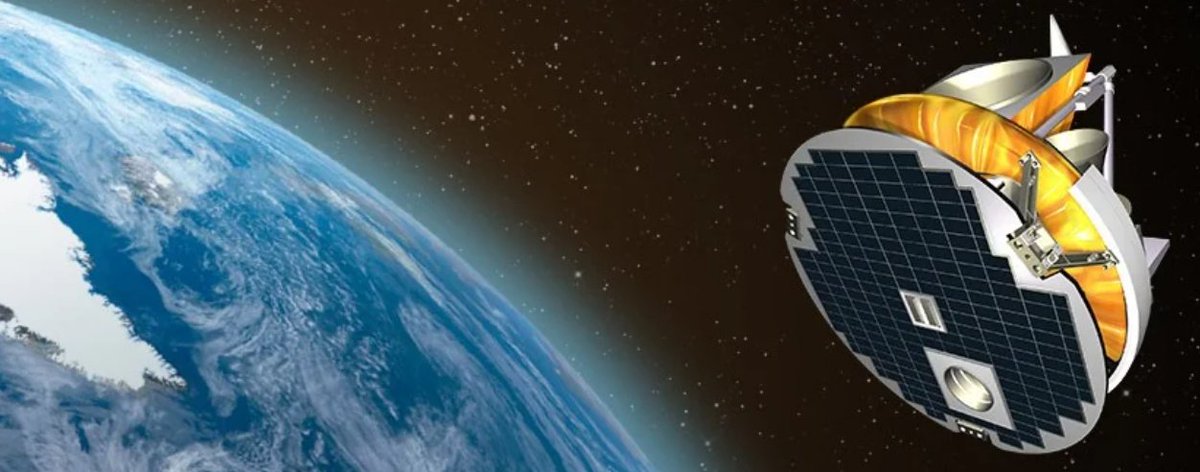

With support from the Canadian Space Agency , SCISAT researchers at University of Waterloo are the first to use satellite data to measure the atmospheric concentration of HFC-125, a hydrofluorocarbon (HFC) commonly found in fire extinguishers and commercial cooling systems. bit.ly/4gpxzGA





